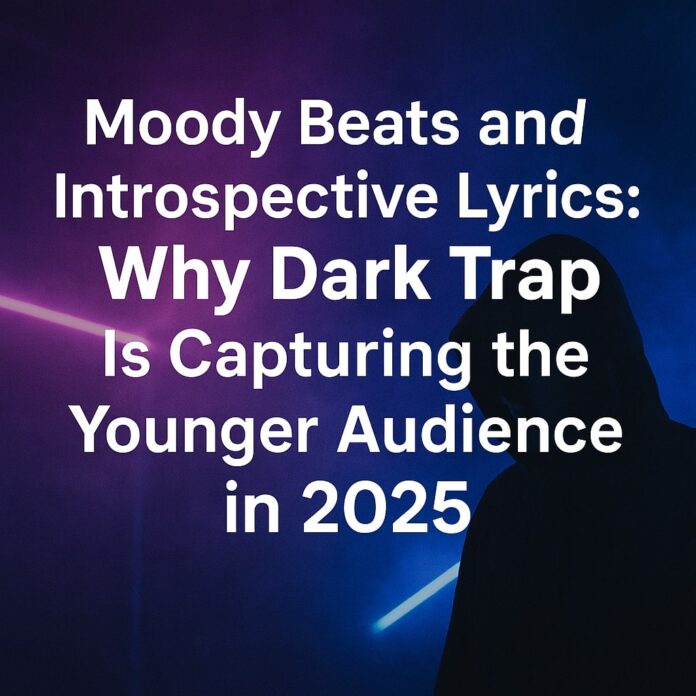
Moody Beats and Introspective Lyrics: Why Dark Trap Is Capturing the Younger Audience in 2025
The Rise of Dark Trap: More Than Just a Sound
While traditional Trap has long thrived on high-energy rhythms and bravado, Dark Trap takes a different approach. Its producers and artists — blending the aesthetics of Trap, ambient, and emo rap — prioritize emotion over aggression. The result is a sound that feels heavy, haunting, and deeply personal.
Dark Trap often pairs 808-heavy basslines with minor key melodies, reverb-soaked synths, and slow, hypnotic drum patterns. Lyrically, artists delve into themes of isolation, mental health, lost love, and existential angst — topics that mirror the collective consciousness of young listeners in the digital age.
These moody, reflective elements make Dark Trap a genre of emotional utility — music designed not just for hype, but for introspection.
Why Younger Audiences Are Drawn to Dark Trap
1. Emotional Authenticity
Generation Z and younger millennials have shown a consistent preference for raw honesty in art. They crave authenticity over perfection — and Dark Trap delivers that in abundance. Artists have tapped into an emotional realism that reflects the struggles of growing up in an age of hyperconnectivity and social pressure.
2. Atmospheric Escapism
The “moody beat” aesthetic serves as a kind of sonic therapy. Dark Trap’s immersive production allows listeners to feel seen in their solitude while offering an audio space for reflection or escape. For many, this music mirrors the fog of late-night thoughts, anxiety, or creative energy — moments where emotion overshadows clarity.
3. Social Media and Aesthetic Culture
Platforms like TikTok, SoundCloud, and YouTube have accelerated the rise of Dark Trap by aligning perfectly with its visual identity — shadowy visuals, neon lights, and noir-inspired edits. These aesthetics make Dark Trap instantly shareable, feeding into a culture where music is not only heard but felt and seen.
4. Personal Identity and Emotional Soundtracking
Today’s younger listeners aren’t just consuming music; they’re curating emotional soundtracks to their lives. Dark Trap has emerged as a genre for self-expression, aligning with playlists titled “late night thoughts,” “feeling numb,” or “driving through the city.” It’s music that fits specific psychological moods, not just sonic preferences.
The Psychological Utility of Music in 2025
The rise of Dark Trap underscores a crucial shift in modern music consumption: listeners are choosing genres that serve emotional and psychological needs, not just auditory ones. Music is no longer background noise — it’s emotional architecture.
Dark Trap’s introspective nature makes it ideal for this function. Its melancholic tones and confessional lyrics give voice to internal struggles that words alone can’t express. For young audiences seeking meaning and connection in an increasingly fragmented world, Dark Trap offers a form of emotional resonance rarely found in mainstream pop.
Conclusion: The Future of Trap Is Getting Darker
As we move deeper into 2025, the popularity of Dark Trap suggests that emotional depth and mood-driven production are here to stay. Whether in underground scenes or on top streaming charts, this subgenre reflects a cultural truth: today’s youth aren’t afraid of the dark — they’re learning to find beauty in it.




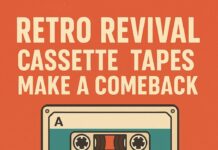













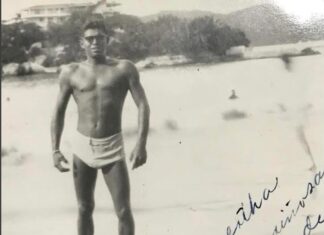
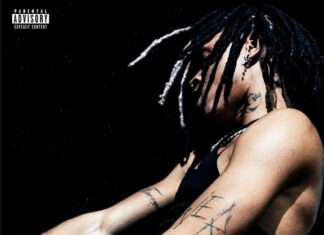
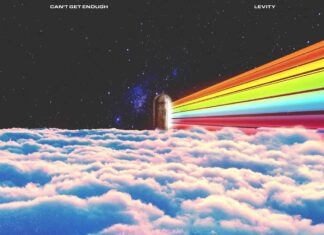
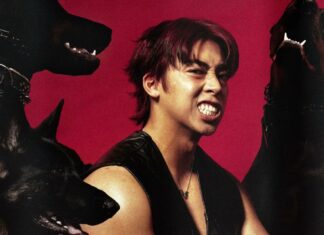
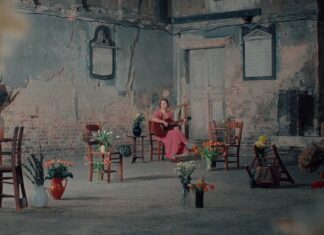
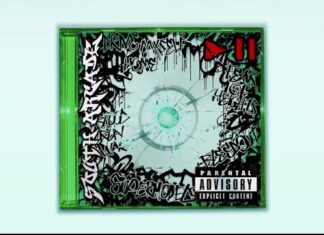
 🔥 Limited Time: Get 55% OFF All Plans - Ends in:
🔥 Limited Time: Get 55% OFF All Plans - Ends in: